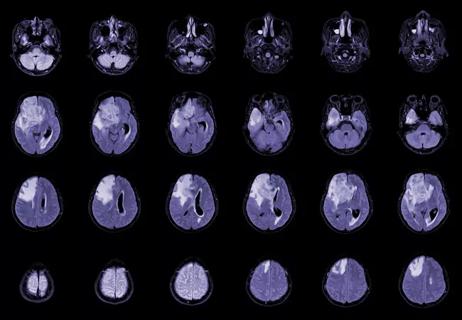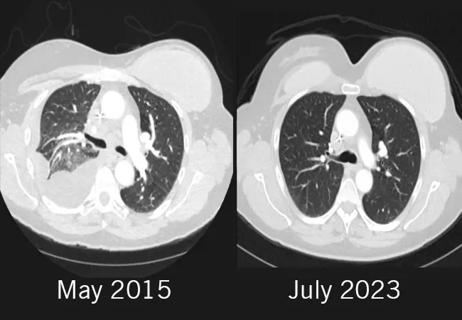For a cancer doctor, patients’ photographs are small windows into their condition

The thumbnail photos of cancer patients that are uploaded into the electronic medical record serve a practical purpose: to verify that clinicians’ orders and notes are for the right person.
Advertisement
Cleveland Clinic is a non-profit academic medical center. Advertising on our site helps support our mission. We do not endorse non-Cleveland Clinic products or services. Policy
But as Cleveland Clinic hematologist/oncologist Mikkael Sekeres, MD, MS, writes in his latest New York Times column, the snapshots provide insights into his patients’ feelings and the lives they lead outside the hospital.
Sometimes the images are stark; others are defiant or hopeful. All are reminders of time’s inevitable passage.
Read the full column here.
Dr. Sekeres, Director of Cleveland Clinic Cancer Center’s Leukemia Program and Vice-chair for Clinical Research, writes regularly for the Times and other publications about his experiences as an oncologist. His forthcoming book, “When Blood Breaks Down: Life Lessons from Leukemia,” will be published by the MIT Press in 2020.
Advertisement
Advertisement

Timing and type of side effects differ greatly from chemotherapy

Dedicated multidisciplinary teams support 84 ultra-rare cancers

Sessions explore treatment advances and multidisciplinary care

New research from Cleveland Clinic helps explain why these tumors are so refractory to treatment, and suggests new therapeutic avenues

Combination of olaparib and carboplatin results in complete durable response for a patient with BRCA2 and “BRCAness” mutations

Early communication between oncologists and ophthalmologist warranted

Case-based course delves into latest treatment approaches

Long-term relationship building and engagement key to gaining community trust